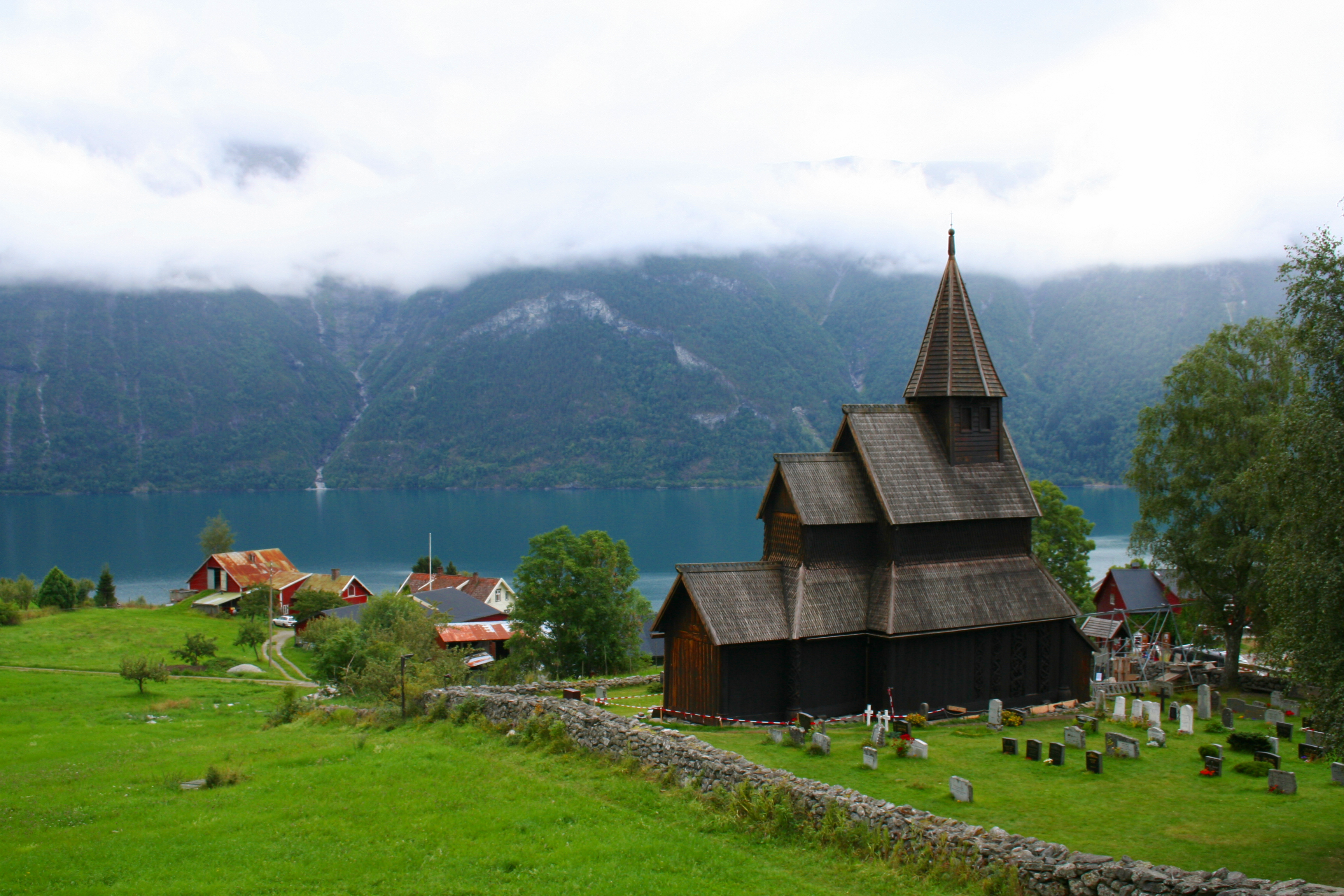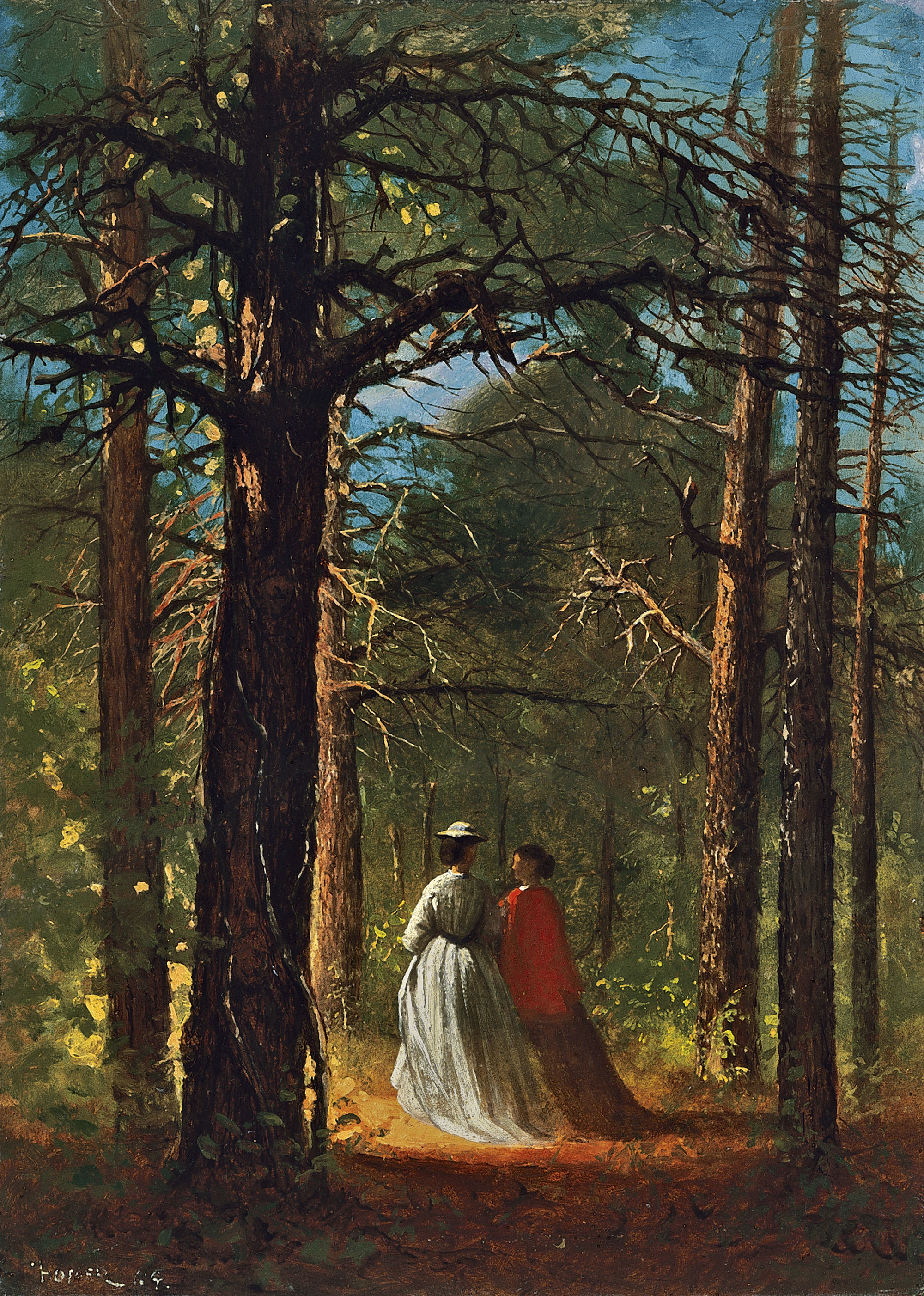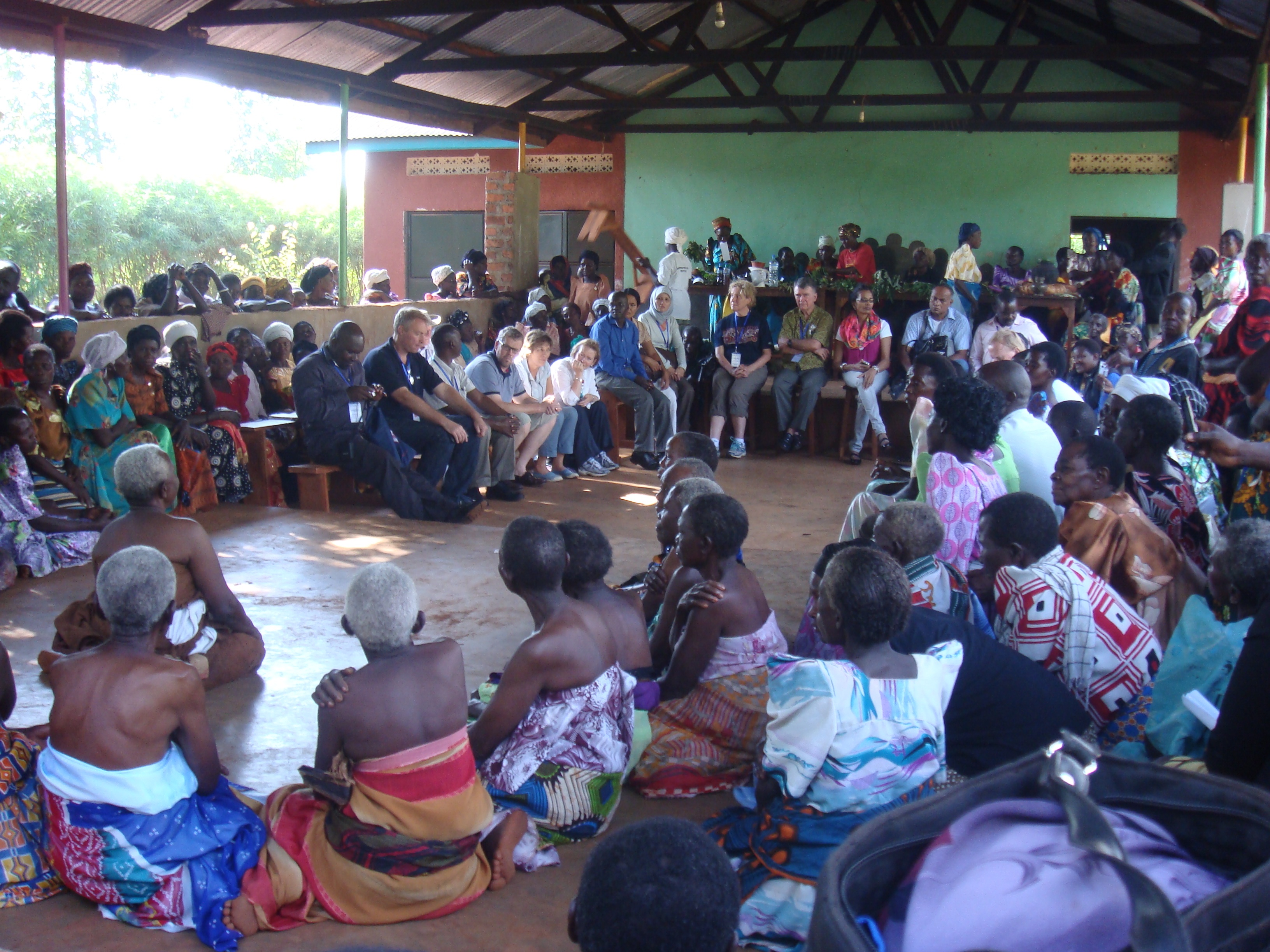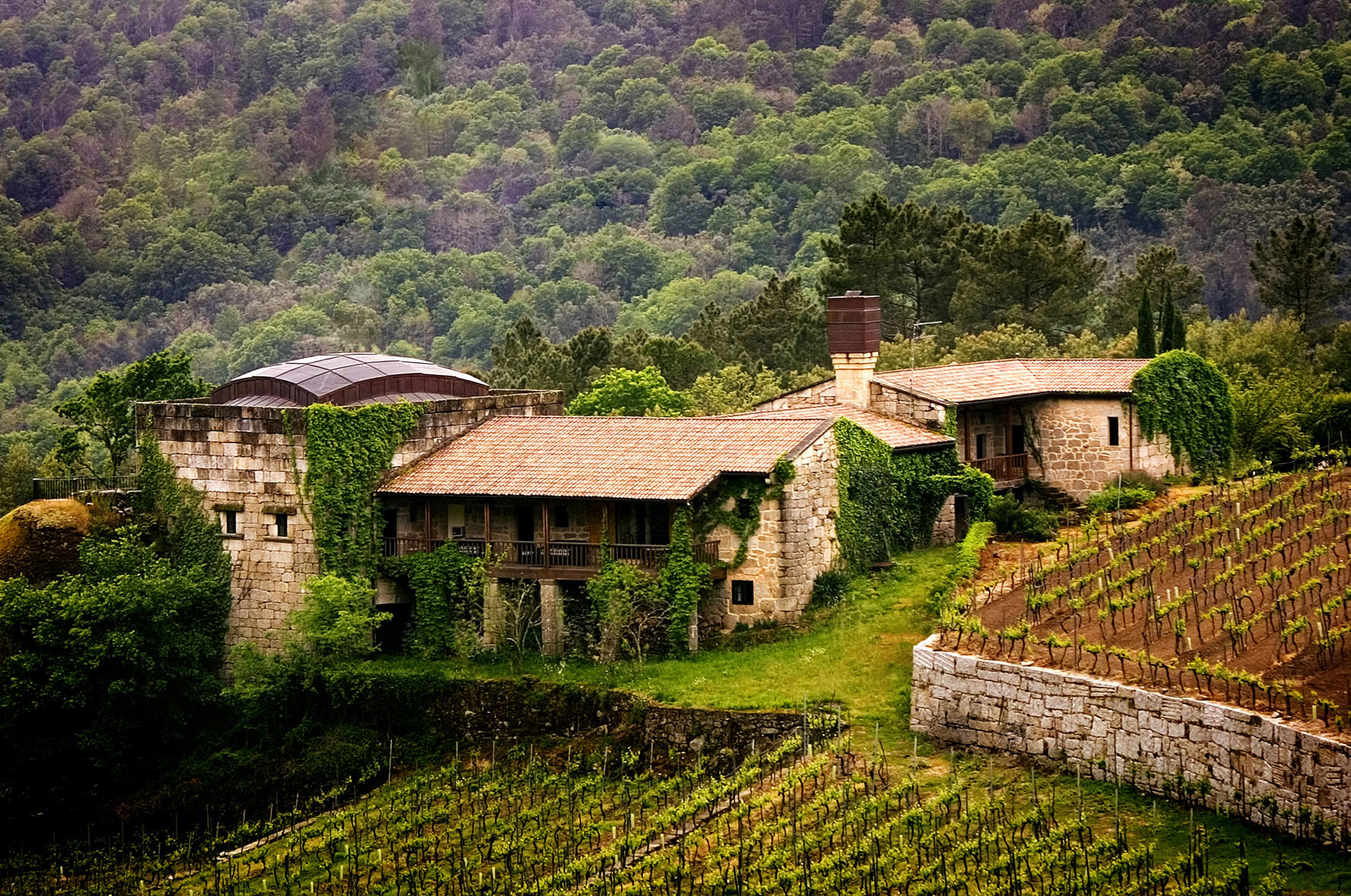-
Rural roots (Weekly blog, 28 January 2018)
Posted on January 28, 2018A blog by Catherine Leonard, INTO Secretary-General
Rural idylls
This week has been one of consolidation: Development reviews; checking in with new members and new volunteers; preparing for the next Board meeting. I’ve also been helping our Czech National Trust colleagues with a presentation about the INTO family. Looking back at the history of the movement reminded me how truly inspiring this great cause is. And how it was rooted in rural communities. (Although today, with members such as the Cape Town Heritage Trust and the Yangon Heritage Trust, INTO is as much urban as it is rural!) In any case, I thought I’d share some highlights here:
When the National Trust for Places of Historic Interest and Natural Beauty was founded in London in 1895, it was the world’s first ‘national trust’ but it was not alone. Towards the end of the nineteenth century, organisations were beginning to be formed across the world with the aim of conserving fast-disappearing natural and cultural heritage. Many of them focussed initially on the protection of open spaces and threatened vernacular buildings in rural areas.
The Society of the Preservation of Norwegian Ancient Monuments (Fortidsminneforeningen) was established in 1844 by artists who ‘discovered’ Norway’s cultural heritage during academic excursions to rural districts and valleys, and the Trustees of Reservations in Massachusetts became the US’s first private non-profit conservation organisation in 1891.

Urnes Stave Church, Norway, © Fortidsminneforeningen
Trustees of Reservations
By the end of the nineteenth century, conservationists had succeeded in protecting many of the natural wonders of the American West, but in the East around Boston, hundreds of iron works, factories and foundries had sprung up and farmland, countryside, river fronts and historic sites were being consumed to industrialisation at a rapid rate. Boston’s population had swelled by tens of thousands, and living conditions were deplorable.
Little had been done to set aside open space for Boston’s urban population and Charles Eliot, a young landscape architect then practising in the city, believed that country parks would provide fresh air, scenic beauty, and opportunities for quiet repose – antidotes to the ills of urban life.
He also argued for the immediate preservation of ‘special bits of scenery’ still remaining ‘within ten miles of the State House which possess uncommon beauty and more than usual refreshing power’. As an example, he mentioned Waverly Oaks, a steep hill in Belmont ‘set with a group of mighty oaks’, as well as what is today Rocky Narrows, the oldest property of The Trustees of Reservations.

Waverly Oaks, Winslow Homer (1864), Museo Thyssen-Bornemisza, Madrid
To protect these places, Eliot proposed the creation of a unique state-wide non-profit organisation which would hold land, free of taxes, for the public to enjoy ‘just as a Public Library holds books and an Art Museum holds pictures’. And thus began the Trustees of Reservations, the world’s oldest land trust.
Linking hands across the pond
There were strong links between the National Trust and the Trustees of Reservations from the very beginning with Charles Eliot greatly influenced by the early ideas of Sir Robert Hunter, one of the founders of the National Trust, when he founded the Trustees, which in turn was a model for the constitution of the National Trust.
Since these early days, the National Trusts of the world continue to share information and best practice, to develop solutions to common problems and to show solidarity with other members of the movement, which has grown to include a range of countries from Australia to Zimbabwe! Each organisation is different but they share similar goals, legal constitutions and structures. Whilst many individual trusts began with a particular focus on rural heritage, the movement now encompasses every type of heritage – natural and cultural, tangible and intangible. Yet today, there is still a special appreciation of rural heritage across the movement and an acknowledgement of its continued importance.
INTO members looking after rural heritage
From a small cottage looked after by one of the Japanese National Trusts on the slopes of Mount Rokko to the Romanian National Trust’s programme to protect 60 dilapidated wooden churches across the country, the preservation of rural heritage is a vital ingredient for local community sustainable development. Through raising awareness, employing local craftsmen and attracting tourists, INTO members are tackling the wider phenomenon of contemporary rural landscape degradation.

Working Holiday participants painting the wall with Bengara (Japanese traditional paint), Vories Rokko Cottage © Amenity 2000 Association, Japan
In Korea, the National Trust has been supporting the preservation of the traditional hanok village of Bukchon whilst in Africa, the Cross-Cultural Foundation of Uganda’s ‘People’s Museums’ project promotes private, community initiatives to preserve culture, most of which have been established in rural settings without external funding or deliberate linkages to tourism and often despite war, displacement and pressing survival needs.

Rural community group in Uganda with INTO delegates discussing the use of stories in conserving and understanding heritage © Justin Scully
Tesouros de Galicia, is using the region’s rural heritage sites and cultural identity as a platform for strengthening the local economy through tourism and creating a social heritage movement in North-eastern Spain. And TARA, the Trust for African Rock Art, has been working with rural communities to improve living standards and reduce rural poverty by promoting and marketing rock art sites, including the training of local youth tour guides and developing a basic infrastructure.

Viña Meín Winery, Ourense, Galicia
INTO the future
Much of the property owned by the National Trust in England, Wales and Northern Ireland is rural, including over 600,000 acres of land most of which is farmed by around 2,000 tenant farmers. The Trust owns many rural resources like farmhouses, churches, whole villages, mills, footpaths, dry stone walls, archaeological sites and much more and is one of the main advocates for the protection of the countryside.
Across the globe, major economic, cultural and demographic shifts are bringing changes to rural communities. In some regions, increasing demands are being made on land, landscapes and the places people cherish – in others rural abandonment and neglect reign. By sharing knowledge and experiences INTO members can develop new strategies in the face of these pressures on our cultural heritage in the 21st century.
- Check out our INTO Heritage Trust Handbook for more information about National Trust models
- And our 2016 State of Global Heritage Report to find out what they are doing to combat the threats to the natural, cultural and built environment around the world.
This article originally appeared in the Indian Trust for Rural Heritage and Development magazine

 44 (0)20 7824 7157
44 (0)20 7824 7157